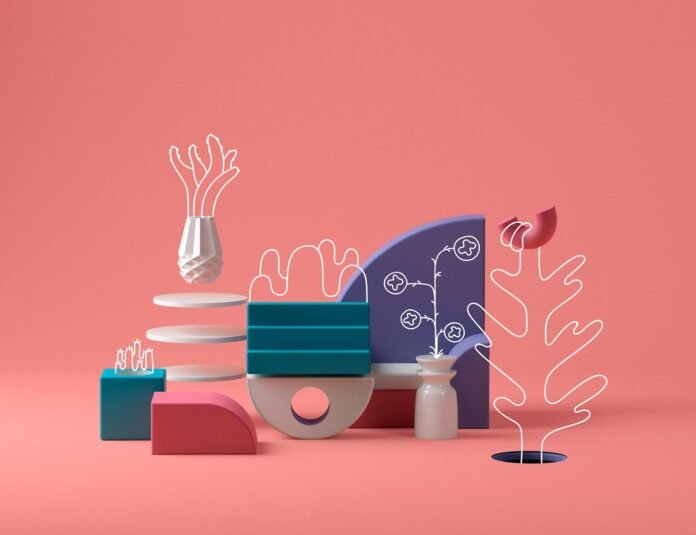Design trends are in a constant state of evolution, with new and exciting ideas and styles emerging every year. While some design trends are timeless and classic, others are more unconventional and experimental, pushing the boundaries of what we thought was possible in design. In this article, we will delve into some of the unconventional design trends that are currently making waves and explore how they are breaking the mold of traditional design.
First on the list is maximalism, which has recently gained popularity in contrast to the dominant trend towards minimalism. Maximalism is all about embracing bold colors, patterns, and textures to create a visually rich and eclectic space. This design trend is characterized by an abundance of different elements, from bold patterns and prints to eclectic furniture and accessories. Despite the overwhelming nature of this style, maximalism is a great way to express creativity and personality in design, giving designers the opportunity to truly let their imagination run wild.
Sustainability has also become an increasingly important trend in design, as designers and consumers alike become more aware of the impact of design on the environment. Sustainable design is all about using materials and practices that minimize waste, reduce carbon emissions, and promote social responsibility. This trend can take many forms, from using recycled materials and renewable energy sources to designing products and spaces that promote social equity and inclusivity. Sustainable design is becoming more important as the world faces environmental and social challenges, and designers are embracing sustainability as a way to make a positive impact.
Biophilic design is another trend that is gaining traction in the world of design. This design trend focuses on incorporating natural elements into design to create a more harmonious and relaxing space. The trend is based on the idea that humans have an innate connection to nature and that incorporating natural elements into design can improve our wellbeing and happiness. Biophilic design can take many forms, from incorporating natural materials like wood and stone to incorporating plants and natural light. This trend is becoming more popular as people seek to create spaces that promote wellness and relaxation, and as designers seek to incorporate sustainable practices into their work.
Digital art is also an emerging trend in design, as advances in technology have allowed artists and designers to create unique and interactive digital experiences. This trend can take many forms, from interactive installations to immersive virtual reality experiences. Digital art is breaking the mold of traditional art forms, as it allows designers to create experiences that are interactive, engaging, and visually stunning. This trend is becoming more popular as technology continues to evolve, and as designers seek new ways to create memorable and impactful experiences for their audiences.
Lastly, brutalism is an architectural and design trend that is characterized by raw, unfinished materials and a focus on functionality over aesthetics. This trend emerged in the mid-20th century and is characterized by its bold, industrial aesthetic. Brutalism is a departure from traditional design trends, as it embraces the raw and imperfect aspects of design. This trend is becoming more popular as designers seek to create spaces and products that are honest and authentic, and as consumers seek out unique and unconventional design experiences.
In conclusion, design trends are constantly evolving, with new ideas and styles emerging every year. While some design trends are timeless and classic, others are more unconventional and experimental, pushing the boundaries of what is possible in design. Unconventional design trends are breaking the mold of traditional design, and are pushing the boundaries of what is possible in design. From maximalism and sustainability to biophilic design, digital art, and brutalism, designers are exploring new ways to create memorable and impactful experiences for their audiences. By embracing unconventional design trends, designers can create spaces and products that are unique, innovative, and inspiring.
Google News | Telegram
















